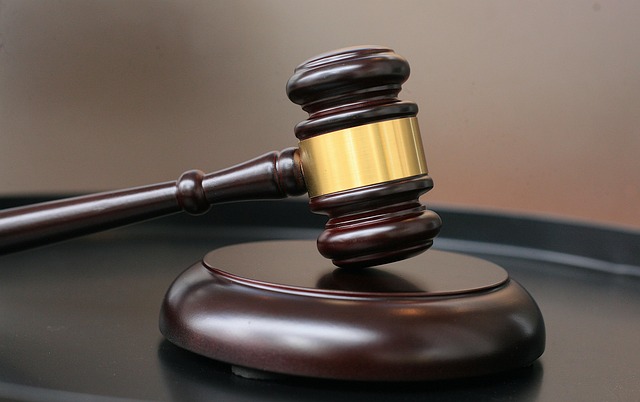Pedestrian accident compensation is crucial for injured parties seeking justice and financial stability. This includes various forms of payout like medical expenses, rehabilitation, pain and suffering, and lost wages. Timelines vary based on settlement type, case complexity, jurisdiction, and court involvement, impacting recovery speed. Eligibility extends to pedestrians and property damage claims, with liability determinations affecting compensation amounts. The process emphasizes establishing negligence and fairness in quantifying damages.
“Navigating the complexities of a pedestrian accident can be challenging, especially when understanding compensation payouts. This article serves as your guide through the process, ensuring you’re equipped with knowledge. We’ll explore different types of compensation, who’s eligible to claim, and step-by-step procedures for filing a successful claim.
Furthermore, we delve into the timelines involved, revealing average processing times and potential delays. By understanding these factors, you can make informed decisions and even anticipate when legal advice might be necessary after a pedestrian accident.”
- Understanding Pedestrian Accident Compensation
- – Definition and Types of Payouts
- – Who is Entitled to Claim?
Understanding Pedestrian Accident Compensation

Pedestrian accident compensation is a crucial aspect of ensuring justice and financial security for individuals who have suffered injuries due to another party’s negligence. When a pedestrian is involved in an accident, they may be entitled to various forms of compensation to cover immediate and long-term costs associated with their injuries. This includes medical expenses, rehabilitation costs, pain and suffering, lost wages, and more. Understanding the compensation timeline is as vital as recognizing your rights; it provides a clear picture of what to expect during the legal process and facilitates a smoother recovery journey.
In many cases, pedestrian accident compensation claims may arise from instances such as vehicle-pedestrian collisions, tripping incidents on dangerous pavement, or even incidents involving nursing home abuse, where caregivers’ negligence leads to harm. When pursuing a claim, it’s essential to be aware of the legal procedures and timeframes involved. This process typically begins with reporting the accident, gathering evidence, and consulting with legal professionals who specialize in personal injury cases. Once a claim is filed, the insurance company or defendant will assess the case, leading to negotiations or, if necessary, litigation, which can significantly impact the compensation payout timeline.
– Definition and Types of Payouts

Pedestrian accident compensation payout timelines vary greatly depending on several factors. First, pedestrian accident compensation refers to financial redress provided to individuals injured in pedestrian-vehicle collisions. This can cover medical expenses, lost wages, pain and suffering, and other related costs. The type of payout can be direct from an insurance company or through a legal settlement in cases where liability is contested.
Different types of payouts include structured settlements, where the amount is paid out over time, and lump-sum payments. In commercial disputes related to accidents like slip and falls on business premises, compensation may also include punitive damages, which aim to deter similar incidents in the future. The timeline for receiving these payouts depends on the complexity of the case, the jurisdiction, and the willingness of all parties involved to settle out of court.
– Who is Entitled to Claim?

In the event of a pedestrian accident, several parties may be eligible to claim compensation for their injuries and associated losses. Pedestrians who have suffered harm due to another individual’s negligence or reckless behavior can seek pedestrian accident compensation. This includes cases where a driver failed to yield, ran a red light, or hit a pedestrian while distracted, resulting in physical injuries, medical bills, and pain and suffering.
Determining liability is crucial when pursuing accident settlements. If the pedestrian is found partially at fault for the accident (e.g., jaywalking), their compensation may be reduced accordingly. Property damage claims for personal items lost or damaged during the incident are also compensable. Unlike commercial disputes, where agreements and contracts play a significant role, pedestrian accidents revolve around establishing negligence and quantifying damages to ensure fair pedestrian accident compensation.
Pedestrian accidents can have significant impacts, both physically and financially. Understanding the compensation payout timelines is crucial for those seeking justice and fair reimbursement. By knowing the types of payouts available and who is entitled to claim, victims can navigate this complex process with more confidence. Remember, prompt action is essential to ensure you receive the support you deserve in the aftermath of a pedestrian accident.






